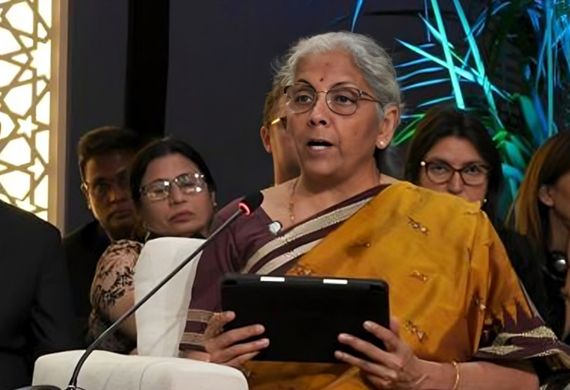
FM Sitharaman Tables Income Tax Bill 2025, Proposes Review by Parliamentary Committee
By: WE Staff | Friday, 14 February 2025
- The bill moves specific business segments norms to schedules, sharpening focus on core provisions
- Reform seeks to enhance clarity and reduce legal disputes
Nirmala Sitharaman tabled the Income Tax Bill 2025 in Parliament on Thursday, taking a major step forward aiming to modernize and simplify taxation, replacing the decades-old 1961 Act. Streamlining the tax framework, the reform seeks to enhance clarity and reduce legal disputes, unlike the current law known for its intricate cross-reference and lengthy clauses.
Sitharaman urged the Speaker of the Lok Sabha to form a select committee for examining the bill. “The committee shall make a report by the first day of the next session,” she proposed. Aiming for a more streamlined and user-friendly tax system, the bill revamps how the direct tax statute is written. This is a major shift from the existing law, which is known for its lengthy sentences, cross-references, and numerous conditions and sub-clauses.
The bill consolidates presumptive taxation rules for both residents and non-residents earning from business or profession, while introducing formulas to clarify complex terms like the written-down value of depreciable asset. It also removes outdated scheme, moves specific business segments norms to schedules, and transfers select procedures to rules, sharpening focus on core provisions.
Enhancing readability, some provisions have been shifted to the rules while unnecessary and repetitive elements have been removed. Revisions in the bill streamline tax provisions for non-profit organizations, maintaining exemptions for those dedicated to charitable and social causes.
The Central Board of Direct Taxes (CBDT), emphasized that sections covering salary income and house property have been structured to enhance transparency and ease of compliance. The intention is to empower taxpayers to file their returns independently, potentially eliminating the assistance from a chartered accountant.
Sitharaman noted that the changes are meaningful and not just procedural, reducing the number of words, sections and chapters. As nearly half the length of the existing law, the bill is written in 259,000 words for clarity and easy comprehension.
“The bill marks a significant step towards a simpler tax system. By cutting down on sections and words, it aims to make the tax code more straightforward and user-friendly,” said Sameer Gupta, national tax leader, EY India.
The introduction of a ‘tax year’ concept in place of ‘previous year’ removes confusion around tax periods, encouraging easier compliance, said Gupta. “This bill goes beyond its simplification objectives; it’s a commitment to a transparent and efficient approach to taxation, designed to support the taxpayer and contribute to steady economic growth,” he added.






